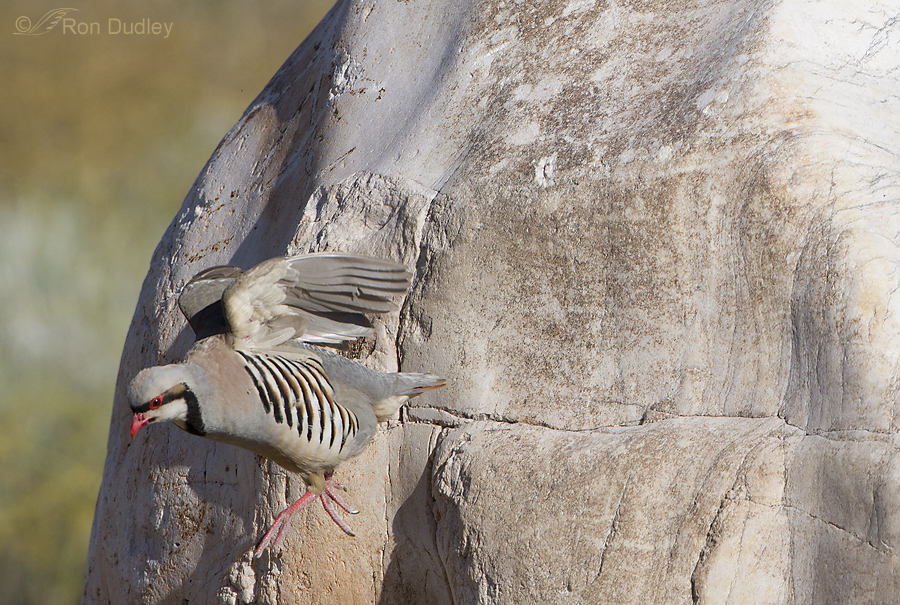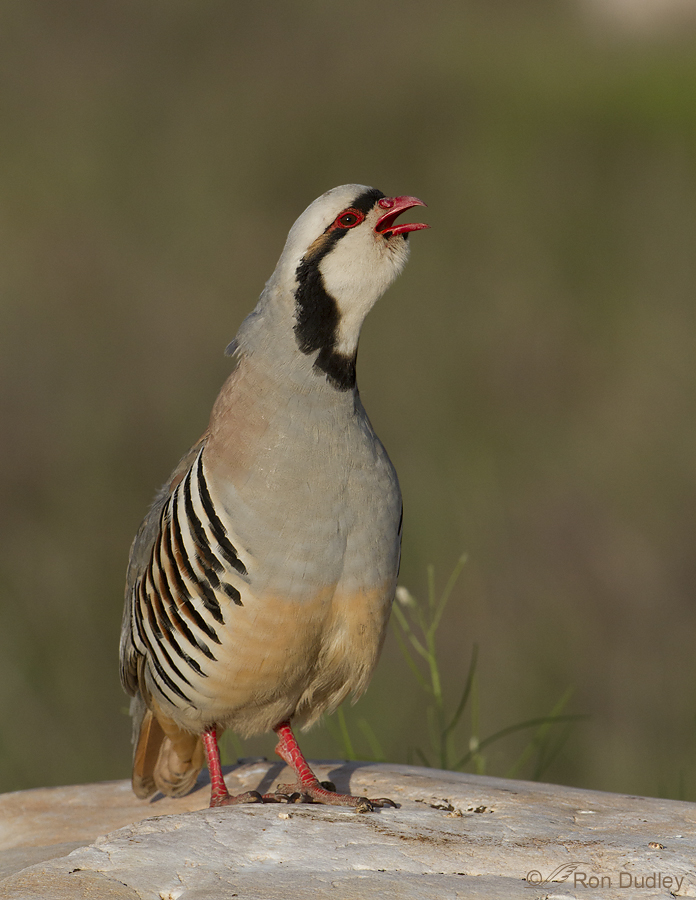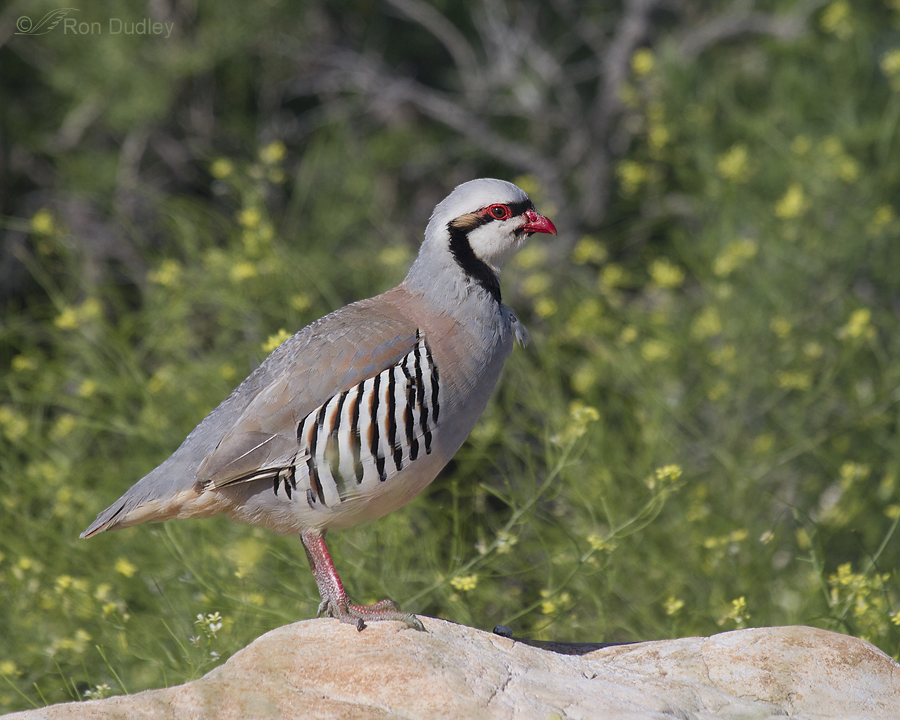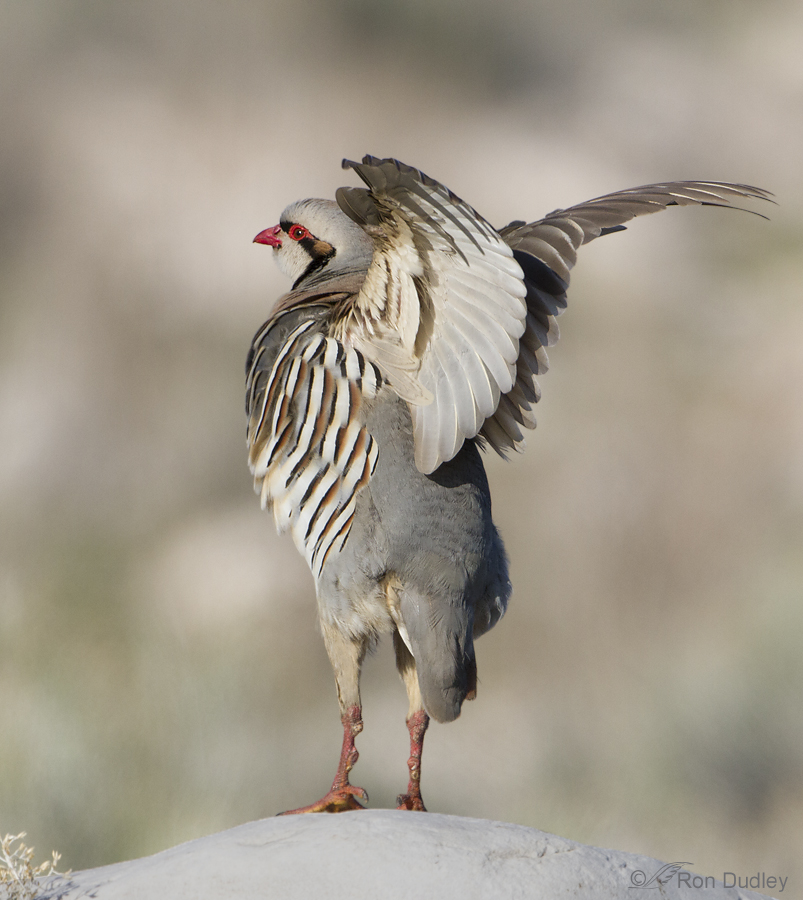An Unlikely Alliance To Save The Greater Sage-Grouse
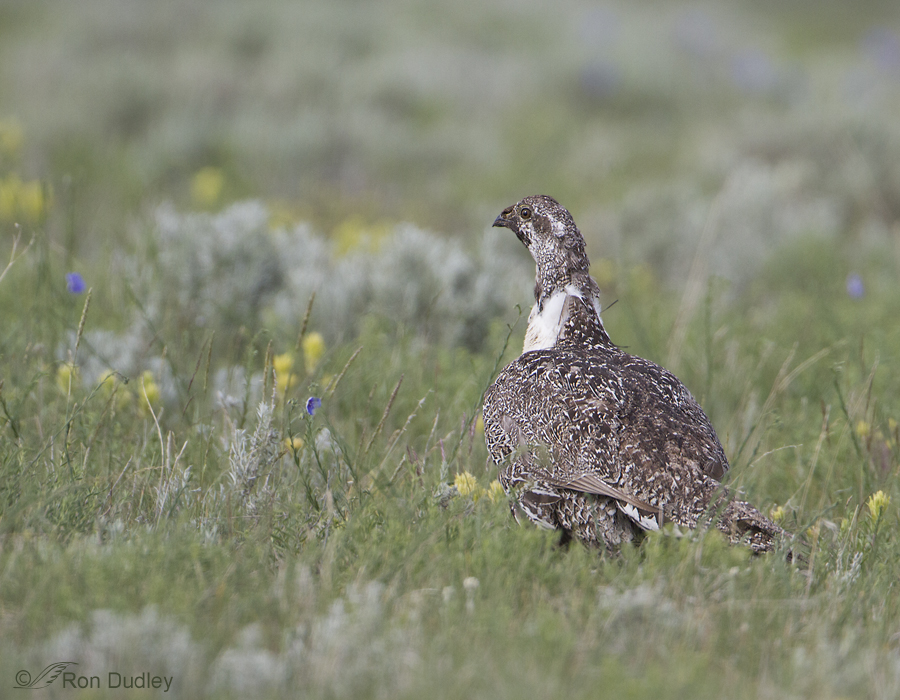
The Greater Sage-Grouse is a spectacular bird in many ways. They’re our largest grouse – males may approach 7 lbs. The dramatic breeding display of the males on the lek is mind-boggling. And to have one of these birds flush at your feet is literally a heart-stopping experience – something I know from experience.
But these birds are in great danger of extinction due to dramatic loss of habitat.


